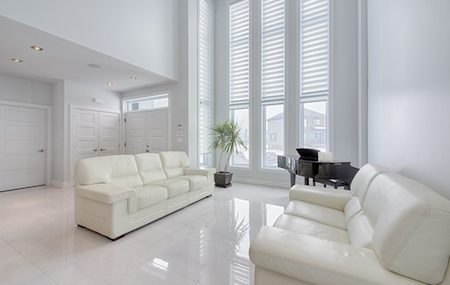When you get into cleaning mode, it’s easy to clean everything in your home in the same manner.
Grab a rag and start dusting.
Haul out the vacuum and lug it to every room in your home.
Select your favorite bottle of cleaner and start cleaning.
But before you head over to your piano, it’s important to stop and think twice about what you do.
Pianos have delicate wood and lacquer finishes. Their keyboards are connected to many parts that can warp or be destroyed with certain chemicals or solutions. Water is not a piano’s friend.
Still, you want your piano as clean as possible. When people sit down, they touch the keys. That means germs could easily move from one to another.
Start every session by washing your hands. That takes away germs, dirt, food, or other contaminants before you touch the keys. There’s nothing wrong with making it your number one requirement before anyone takes a seat at the piano.
When you do clean, leave your sprays in the closet. Use a clean microfiber cloth to wipe away the dust. If you need a deeper clean, consider a diluted solution of a neutral detergent instead of reaching for a bottle.
For those tiny corners where dust may settle, you can take a cotton swab and carefully remove the dirt.
Your piano may shine in the light; it’s only natural to want to use a furniture polish and enhance the sine. But most chemical cleaners will have the reverse effect. Those polishes can dry the wood out, dull the shine overall. That can lead to cracks in the wood, and reduce the sound quality of your piano.
If you have questions about how to keep your piano clean, give us a call.


